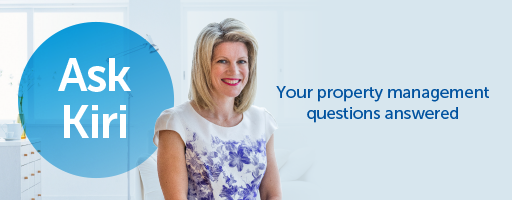Who is responsible for pest eradication?

Even in the colder months, it’s important to stay on top of pest control.
Bees and wasps
Wasps can attack in large numbers if their nests are disturbed, so it's best to treat the problem early in the year, before their numbers increase and they become more aggressive. Angering wasps increases the threat of being stung during treatment.
Bees are sometimes confused with wasps. However, unlike wasps, bees are an endangered species, so typically their nests will only be removed if they pose a significant threat to people nearby. Where there is a bees' nest, it's best to contact a qualified beekeeper.
Cockroaches
Cockroach exposure can put tenants at risk of salmonella, dysentery and gastroenteritis. Cockroach droppings have even been linked to increases in eczema and childhood asthma. Cockroaches are resilient and breed rapidly, so a professional service is usually the most effective form of control.
Rats and mice
Many insects hibernate during the winter, but that’s when Norwegian rats, roof rats or field mice are more likely to become a problem. Rodents in search of a warm, dry home and an abundant food supply to survive the winter can chew through electrical wires and plumbing pipes, and nest under floors, between walls, or in the ceiling. Rats and mice can produce up to 200 offspring in one season!Your obligations
Auckland Council advises that controlling these pests is your responsibility as a property owner. However, if an infestation occurs after a tenancy begins, and neither the landlord or the tenant has done anything to cause it, responsibility for its eradication is uncertain.
Experts recommend taking responsibility for fumigation if necessary: if the infestation is found to be the result of a tenant breaching their obligations, you may be able to seek costs from the Tenancy Tribunal. Some landlords include an annual fumigation at their own cost as part of the terms of the tenancy agreement.






